
Which of the following undergoes aldol condensation
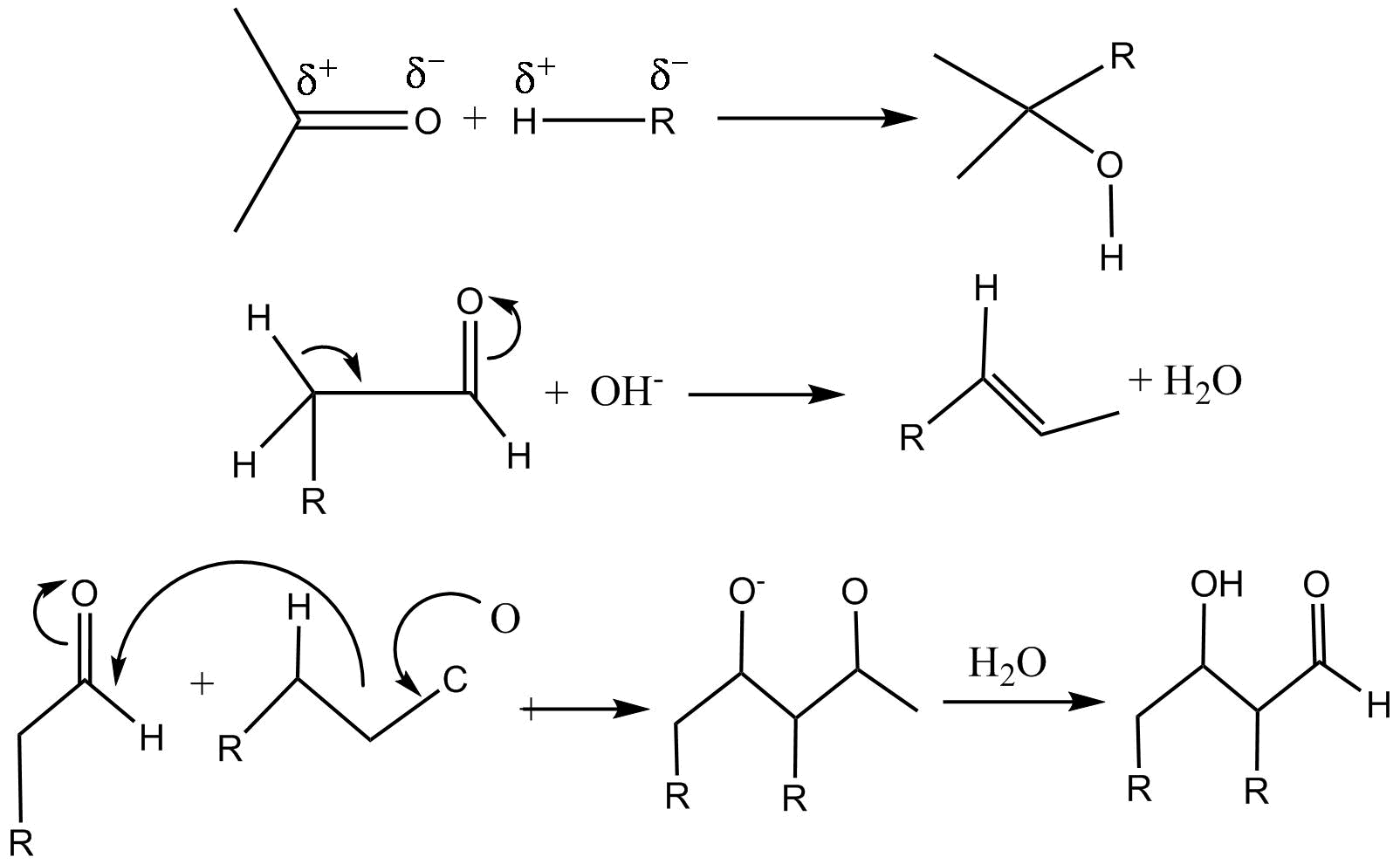
A.
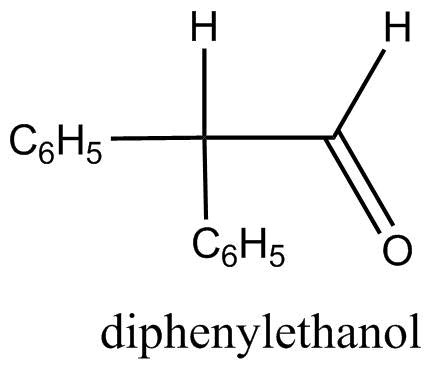
B.
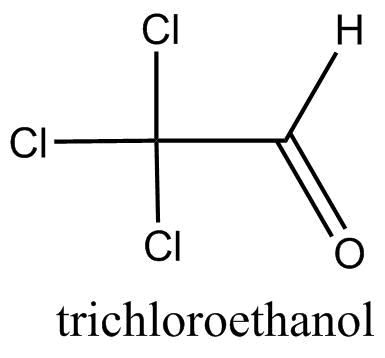
C.
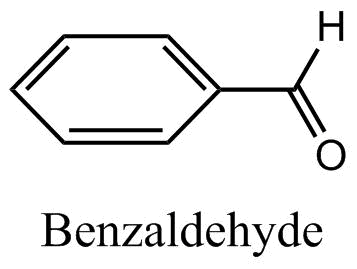
D.
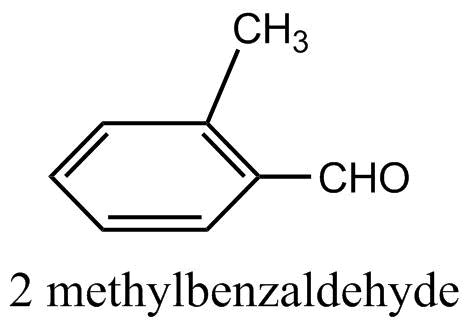





Answer
467.4k+ views
Hint: Consider searching for alpha hydrogen in aldol condensation. Aldol condensation can be easily understood as the addition of ketone or aldehyde within themselves or by cross-interaction, which yields
Complete step by step answer:
Aldol condensation is a type of reaction where carbon-carbon bonds are formed when two carbonyl groups react with each other. The reaction results in the formation of
Now, in the formation of aldol condensation, a very important aspect is alpha hydrogen
In chemistry we are introduced with the concept of alpha carbon and alpha hydrogen, the alpha carbon
Now in the given options in the questions, we first need to find out which of the options has
Diphenylethanal: By referring the structure in the question, we get to know that there is one alpha hydrogen in diphenyl ethanal. Therefore, aldol condensation can occur in it.
Trichloro ethanol: By referring to the structure in the question, we get to know that there is no alpha hydrogen in trichloro ethanal. Therefore, alcohol condensation cannot occur in it.
Benzaldehyde: By referring to the structure in the question, we get to know that there is no alpha hydrogen in benzaldehyde: Therefore, aldol condensation cannot occur in it.
2-methyl benzaldehyde: By referring to the structure in the question, we get to know that there is no alpha hydrogen in 2-methyl benzaldehyde. Therefore, alcohol condensation cannot occur in it.
Therefore, (A) Diphenyl ethanal is the only compound which will undergo aldol condensation.
Note: Before going to the complete conversion of the options given in the question, always remember and try to simplify the structure and note their nomenclature which will help you to avoid any further confusion.
Complete step by step answer:
Aldol condensation is a type of reaction where carbon-carbon bonds are formed when two carbonyl groups react with each other. The reaction results in the formation of
Now, in the formation of aldol condensation, a very important aspect is alpha hydrogen
In chemistry we are introduced with the concept of alpha carbon and alpha hydrogen, the alpha carbon
Now in the given options in the questions, we first need to find out which of the options has
Diphenylethanal: By referring the structure in the question, we get to know that there is one alpha hydrogen in diphenyl ethanal. Therefore, aldol condensation can occur in it.
Trichloro ethanol: By referring to the structure in the question, we get to know that there is no alpha hydrogen in trichloro ethanal. Therefore, alcohol condensation cannot occur in it.
Benzaldehyde: By referring to the structure in the question, we get to know that there is no alpha hydrogen in benzaldehyde: Therefore, aldol condensation cannot occur in it.
2-methyl benzaldehyde: By referring to the structure in the question, we get to know that there is no alpha hydrogen in 2-methyl benzaldehyde. Therefore, alcohol condensation cannot occur in it.
Therefore, (A) Diphenyl ethanal is the only compound which will undergo aldol condensation.
Note: Before going to the complete conversion of the options given in the question, always remember and try to simplify the structure and note their nomenclature which will help you to avoid any further confusion.
Recently Updated Pages
Master Class 9 General Knowledge: Engaging Questions & Answers for Success

Master Class 9 English: Engaging Questions & Answers for Success

Master Class 9 Science: Engaging Questions & Answers for Success

Master Class 9 Social Science: Engaging Questions & Answers for Success

Master Class 9 Maths: Engaging Questions & Answers for Success

Class 9 Question and Answer - Your Ultimate Solutions Guide

Trending doubts
State and prove Bernoullis theorem class 11 physics CBSE

What are Quantum numbers Explain the quantum number class 11 chemistry CBSE

Who built the Grand Trunk Road AChandragupta Maurya class 11 social science CBSE

1 ton equals to A 100 kg B 1000 kg C 10 kg D 10000 class 11 physics CBSE

State the laws of reflection of light

One Metric ton is equal to kg A 10000 B 1000 C 100 class 11 physics CBSE




